VFD Hub
A Variable Frequency Drive (VFD) is pivotal in modern industrial applications, optimizing motor control, enhancing energy efficiency, and boosting operational flexibility. This hub delves into the essentials of VFDs, from their basic principles and key components to advanced programming techniques and troubleshooting tips. Whether you’re looking to understand how VFDs work, their benefits, or how to maintain them, you’ll find comprehensive insights to elevate your knowledge and improve your systems. Let’s navigate through the world of VFDs and uncover how they can revolutionize your industrial processes.
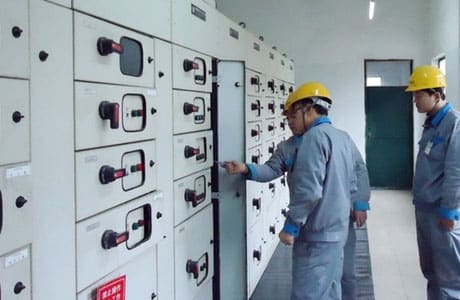

Introduction to VFDs
A Variable Frequency Drive (VFD) is a type of motor controller that drives an electric motor by varying the frequency and voltage of its power supply. VFDs offer significant benefits, including improved energy efficiency, reduced mechanical stress on motors, and enhanced process control, making them essential in various industrial applications.
16 Resources
- What is a VFD?
- What Does VFD Stand For?
- What are the Advantages of VFD?
- What is the Benefit of VFD?
- Why is VFD Required?
- What is the Main Function of VFD?
- What is VFD Used For?
- What is VFD and Its Advantages?
- What is the Basic Working Principle of VFD?
- What is the Basic Structure of VFD?
- What is the Main Part of VFD?
- What is a VFD also called?
- What is the function of VFD?
- What is the Full Function of VFD?
- What is the application of VFD?
- What is the use of Variable Frequency Drive?
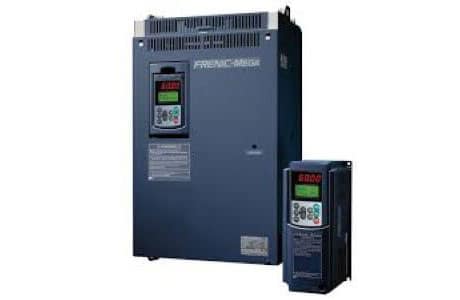
Working Principles and Components
A VFD converts fixed frequency and voltage from the power supply into a variable frequency and voltage output, controlling motor speed and torque. Its main components include a rectifier, DC bus, and inverter. The VFD’s working principle involves converting AC to DC, then back to controlled AC.
15 Resources
- How Does a VFD Work?
- Why Do VFD Convert AC to DC?
- How is VFD Working?
- What is the disadvantage of VFD?
- What is VFD Made Of?
- How is a VFD controlled?
- What is the Working Principle of VFD?
- What Are the Main Parts of a VFD?
- Why is VFD Called Inverter?
- What are the basics of VFD?
- How speed is controlled in VFD?
- Can VFD Convert AC to DC?
- How does a VFD convert?
- How do VFDs work?
- Is VFD Linear or Nonlinear?
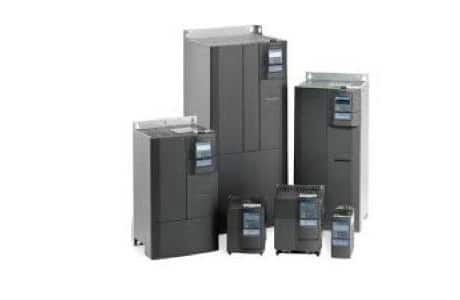
Types and Specifications
VFDs are classified into three types: VSI (Voltage Source Inverter), CSI (Current Source Inverter), and PWM (Pulse Width Modulation). They are used in both AC and DC motors, with specifications like frequency, voltage, and control types varying to suit different applications and motor types.
12 Resources
- What Are the Three Types of VFD?
- Is VFD Used in AC or DC?
- Is VFD a 3 Phase?
- What is the Frequency of VFD?
- What is the Range of VFD?
- What is the Voltage of a VFD?
- What are VFD types?
- What is the VFD formula?
- What is kVA in VFD?
- What is the Range of VFD Drive?
- Is VFD output AC or DC?
- Why is DC used in VFD?
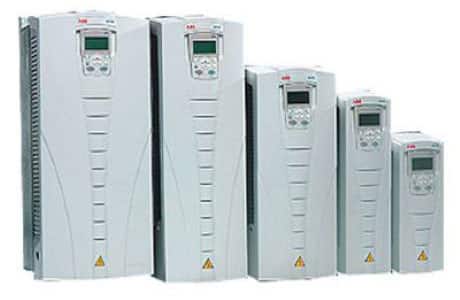
Applications and Uses
VFDs enhance performance in HVAC, pumps, and chillers by providing precise speed control. This capability is crucial in applications requiring variable load management, improving efficiency and extending equipment lifespan.
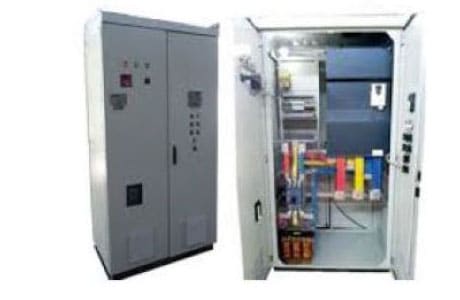
Electrical Components and Control
Integral to VFDs, IGBTs facilitate efficient current switching, crucial for VFD operation. The selection and maintenance of these components are vital for optimizing VFD performance and longevity.
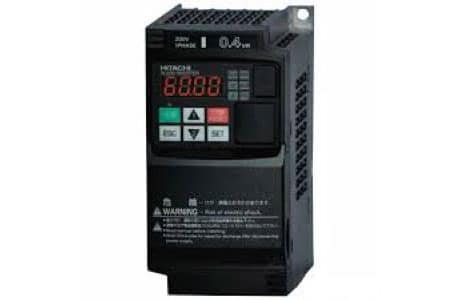
Programming and Operation
Programming a VFD involves setting parameters that match motor specifications to ensure efficient operation. Techniques include adjusting frequency limits, setting acceleration times, and configuring protective features.
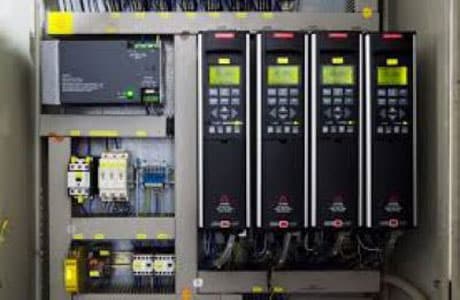
Sizing and Selection
Choosing the right VFD involves considering motor power, application type, and environmental conditions. Accurate sizing is crucial for efficient operation and avoiding electrical issues.
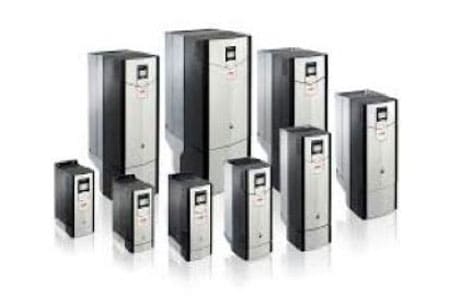
Power and Energy Considerations
VFDs are energy-efficient solutions that reduce power consumption by matching motor speed to load requirements. This not only saves energy but also minimizes wear and mechanical stress.
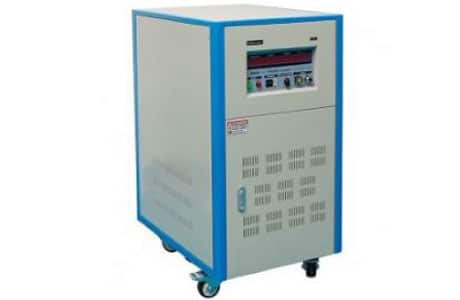
Installation and Conversion
Proper installation and correct voltage conversion are crucial for VFD operation. These drives can be adapted for different electrical systems, enhancing their versatility across global industrial applications.
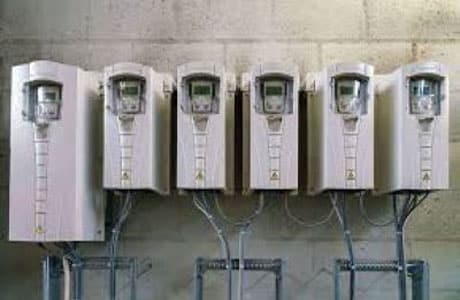
Troubleshooting and Maintenance
Regular maintenance and efficient troubleshooting of VFDs ensure prolonged operational life and prevent downtime. Techniques include routine inspections, parameter checks, and fault diagnostics.
15 Resources
- How to test a VFD?
- How do I check my VFD RPM?
- How to inspect VFDs efficiently?
- How to do maintenance of VFD?
- What are the common faults in VFD?
- How to avoid VFD failure?
- How to test if a VFD is bad?
- Why is my VFD overheating?
- What causes VFD failure?
- How to repair VFD drive?
- How to check VFD?
- What are the common VFD faults?
- Why do VFD fail?
- What is maintenance of VFD?
- Can VFD be repaired?
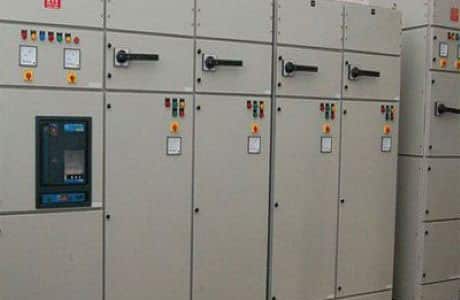
Faults and Errors
Common VFD faults include overcurrent, overheating, and component malfunctions. Understanding error codes and rectifier issues is essential for quick troubleshooting and repair.
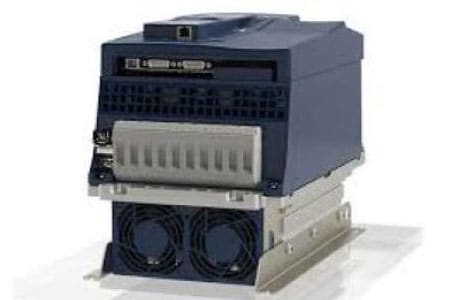
Cooling and Environmental Impact
VFDs require effective cooling systems to prevent overheating and ensure reliable operation. Environmental considerations also play a role in the design and functioning of these drives.
2 Resources
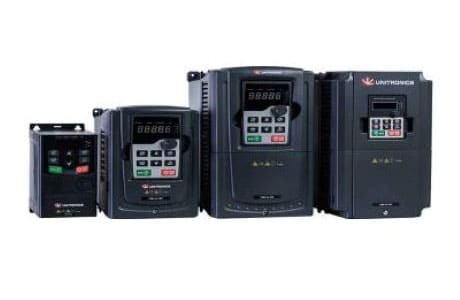
Technical Insights and Advanced Concepts
Advanced VFD features such as input chokes and 3-wire control offer enhanced performance and control options. These technical insights are vital for engineers seeking to optimize drive systems for complex applications.
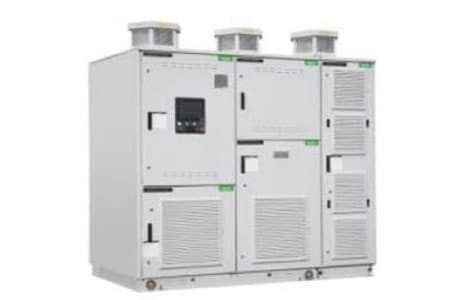
Comparative Analysis and Decision Making
Choosing between different VFDs involves comparing their control capabilities, efficiency, and suitability for specific applications. This analysis helps in selecting the most appropriate drive for any given operational requirement.
10 Resources
- Which VFD is best?
- What type of control is a VFD?
- What is the Range of VFD?
- What is the duty of VFD?
- What is the minimum speed for a VFD?
- Which is better: VFD or VSD?
- What are the three main components of a VFD?
- What is variable speed or frequency drives?
- How does a 3-phase VFD work?
- How does a VSD drive work?
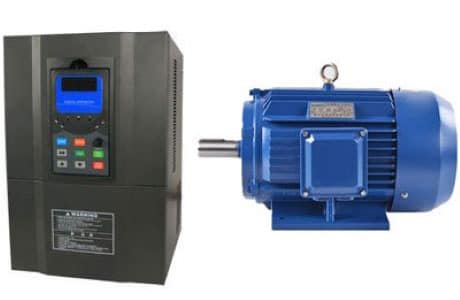
Motor Relationships and Miscellaneous
VFDs must be compatible with the motors they control, requiring careful consideration of motor specifications and VFD capacity. Understanding these relationships ensures optimal performance and avoids potential damage to both the drive and the motor.
12 Resources
- Which motor is used in VFD?
- Can a VFD damage a motor?
- Can a VFD destroy a motor?
- Can VFD run continuously?
- What is VFD control?
- How is VFD calculated?
- How is VFD measured?
- What is the noise in VFD?
- When not to use a VFD?
- What are the benefits of a VFD?
- What is the lifespan of a VFD?
- How Do I Reset a VFD?
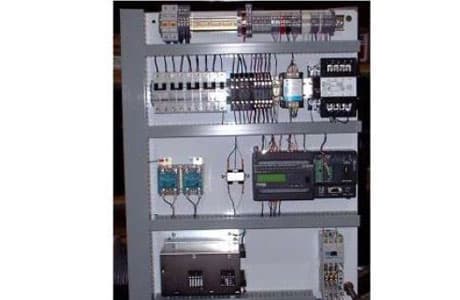
Integration and Compatibility
VFDs interface with PLC systems, operate in both analog and digital formats, and can function as motor starters.
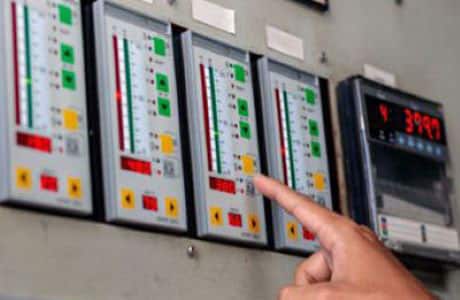
Cost and Economic Considerations
While VFDs reduce long-term operational costs, initial setup can be expensive. Understanding their economic impact is essential for informed decision-making.
